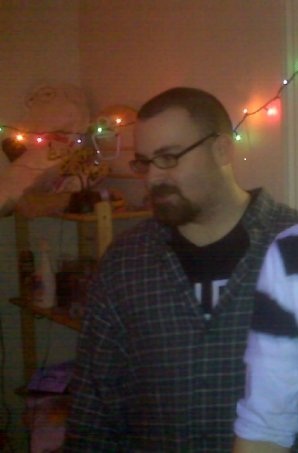Throughout this whole project I followed the “Pathways To Knowledge” method of inquiry. For the most part I feel that this method was the best for examining my inquiry question. This method and its steps were a great help in finding an answer to which E-reader is best for a school library user.
Part 1: Appreciation and Enjoyment.
As I stated in past inquiry blogs, I had an appreciation for e-readers ever since they became a bigger technology over the past few years. Like many I was skeptical about moving on to a different medium after physical books have been around for thousands of years. When I finally got my e-reader as a Christmas gift I realized the benefits that my device actually gave me and it enriched my overall reading experience. I examined all the different file formats that I could play with and examined all the benefits that my device offered I still from time to time read physical hard copies, mostly due to price differences as well as the fact that I had already owned them prior to getting my device.
2: Presearch
For this step I named off all the e-readers I could think of and the different specs that I knew each device offered. Whenever I went to B&N or Best buy, I would take a look at their e-readers and would play around with the different functions. I came to realize how different the Nook simple touch was compared to the Nook Color and Nook tablet. I played around with the different apps that these devices offered until I realized I like devices that are e-readers first and tablets second, This is why the iPad was not particularly talked about throughout this project.
3: Search
Searching for information wasn’t particularly hard. I wanted to focus on sources that regular people would use to evaluate on their own terms. One of my favorite sources are writers blogs. People who at least somewhat know the publishing business can be the most knowledgeable on the subject of electronic texts. Scott Marlowe’s blog was one of the sources I used to learn about file formats. Another thing I knew would be a great help is tech magazines. The magazine “Wired” is always full of information on emerging technologies. They have articles from professional reviewers as well as articles from normal everyday users. Before the age of the internet, most people needed tech magazines to know about new devices, this is still somewhat the case today. Of course the websites of the devices company are also a help in acquiring information on the different abilities of each device. Although I do warn any reader that the page would be more biased out of interest in making sales.
4: Interpretation
While compiling all the information I found that I understood more and more about the differences between the nook and kindle devices. While they both serve similar functions, they have completely different types of usability. Not having a kindle readily available to me served as a bit of a disadvantage because I had more prior information on the nook. It was in this step I realized what I wanted out of an e-reader in a school library. Knowing what you want is a great step forward in doing an inquiry like this. It offers limitations to your searches and narrows down what information you have to the most helpful sources.
5: Communication.
Doing this assignment on my blog was a great help. Not only did it offer the opinions of my peers and suggestions on how I can go further with my research through their comments, it also put what information I did have in one place that was easy for me to access. This allowed for a better organization of my thought process. Without the blog posts I would have been much more disorganized and would have had more trouble interpreting and evaluating the sources that I was using.

No comments:
Post a Comment